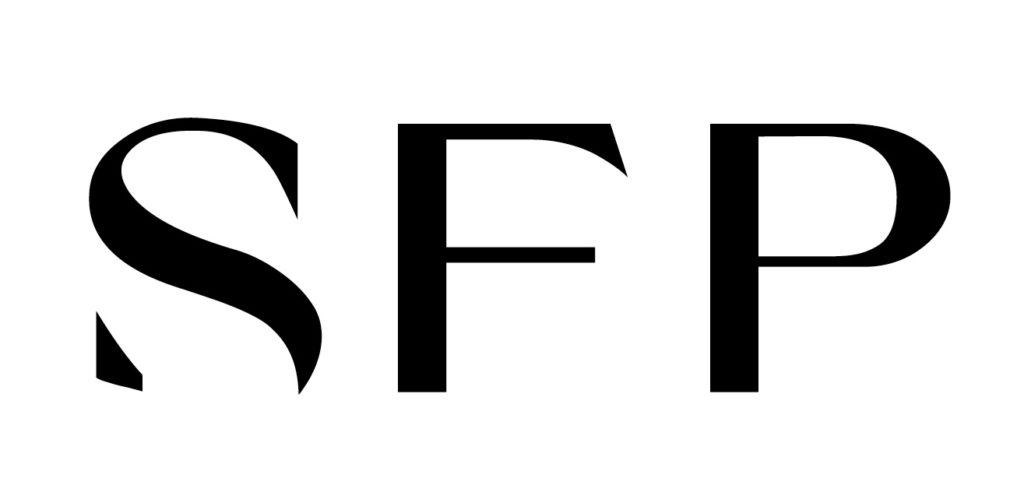Ever found yourself driving in the middle of a huge thunderstorm? The rain is relentless, the wipers can’t wipe fast enough, visibility is less than 20 feet. You need to move forward, but you can barely see the road. You decide to pull over to let the poor weather pass. Unfortunately, waiting out the storm isn’t always an option on the business front, particularly as we emerge from a global pandemic that’s disrupted so many organizations’ operating models. Every company, large or small, needs a well constructed short- and long-term strategy powered by effective ideation to help achieve their business objectives.
But that’s easier said than done at a time when many leaders are still reeling, trying to figure out what might come next for the economy and their respective industry.
But even when you have the strategy, you must be prepared to execute it and pivot based on the results. That means implementing new tactics to address unforeseen business challenges, such as inflationary pressures or supply chain issues. You need financial liquidity to enable those adjustments, and you need to be on top of your game to know when to put them into effect. You might even require the help of someone outside of your company—a person who will get into the trenches and work alongside your team—to help chart a path forward.
Now ask yourself: When was the last time you took the temperature of your team and talked strategy? When was the last time you created more engagement and talked about what’s working in the business, what’s not, and gleaned their insights on the best approach to improve your bottom line? In other words, when was the last time you had a structured ideation session?
In many cases, ideation and team-building events (they can be one in the same) are often pushed to the sidelines when the day-to-day tasks of running the business take precedence—as they inevitably do. But while prioritizing working in the business instead of on it may make short-term sense, that approach often compromises the long-term success of the organization in fundamental ways. That’s why it’s often necessary to dedicate a full day (sometimes several) to focus on the future. A structured ideation session managed by an experienced business coach or leader can accomplish everything from driving employee engagement to highlighting opportunities for product or service innovation—and everything in between.
So, what does an ideation session entail?
- A deep dive into the financials of the business to uncover business drivers and business roadblocks
- Brainstorming to identify white space amongst the competition. These are market gaps that the competition may be ignoring or overlooking, but they can present lucrative opportunities to cater to client needs with your unique products or services.
- Developing solutions to fill that white space
- Soliciting and compiling feedback from current customers and collecting ground intelligence from people at the point of sale (a tactic that works particularly well in retail, but can be effective in virtually any industry)
- Meeting with team members to discuss the tactics needed to drive the business forward
- Developing an action plan as a team
- Executing the action plan and consistently reviewing the results to enable your organization to pivot when things don’t go according to plan (e.g., during a recession or a global pandemic)
Here’s how I know that structured ideation sessions work. As a menswear merchandiser at Bloomingdale’s in Manhattan for nearly 30 years, I was on the frontlines of various economic cycles, shifts in trends and other changes. There was a point about two years prior to the start of the COVID-19 pandemic that our dress-up business was trending down; in fact, the metrics were terribly poor. Every day felt like we were managing our own funeral.
But instead of throwing our arms up in the air and giving up, I led my team through formal and informal ideation sessions to develop and execute a better strategy. Doing so helped us inch toward our goal for sales growth and profitability from the fall of 2017 through fiscal 2019. We achieved and even exceeded performance targets by putting our heads together and finding those aforementioned white spaces. Not bad considering the trend was (and still is) to dress down in almost every aspect of our lives.
To be clear, I was only the facilitator. The team did the work in coming up with the necessary solutions. I just asked the tough questions, created an environment that was transparent and allowed for as much collaboration as possible. Together, we developed a plan for our future and held each other accountable for the results. We shared responsibility and, most importantly, we shared and owned our mistakes. I made it clear that errors are merely opportunities for learning and growth, not an excuse to punish people for taking calculated, well thought-out risks.
The key takeaway here is that the answers to your future success are never elusive. They’re right there in front of you in the form of your team’s insights, experience and expertise. Your task is to inspire them to do more than they thought was possible, then leverage those ideas to elevate or transform your business.
Are you up to the task?
Scott Polworth, founder and principal, SFP Solutions




